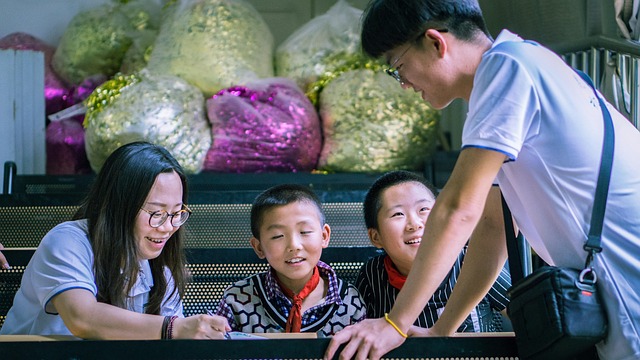
Revolutionizing Csapat Communication: The Role of Science and Technology in Shaping Workplace Culture
In today’s fast-paced world, the traditional dynamics of workplace communication have undergone a significant transformation, thanks to advancements in science and technology. As we explore the impact of these innovations on workplace culture, we uncover how they have revolutionized the way teams—or “Csapat” as it’s lovingly referred to in Hungarian—interact and collaborate.
The cornerstone of effective communication in any Csapat lies in creating a welcoming and engaging reception. This reception can be both literal and metaphorical, as the initial engagement a new employee feels can set the tone for their entire experience. When technology facilitates a smooth and efficient onboarding process, it enhances the reception that new team members receive. Virtual reality (VR) simulations allow newcomers to immerse themselves in their work environment, fostering familiarity and comfort before their first day. What previously seemed like a daunting venture into a new workplace now becomes a seamless transition, encouraging open lines of communication from the outset.
Moreover, the role of science in understanding human behavior cannot be overstated. By applying psychological principles to workplace culture, organizations can create environments that promote well-being and collaboration. For instance, understanding group dynamics and emotional intelligence is crucial for effective team functioning. By leveraging this knowledge, leadership can shape their Csapat culture in ways that foster empathy, inclusivity, and mutual respect, making the reception for every employee a positive experience.
Communication tools powered by technology have emerged as essential assets in modern workplaces. Platforms such as Slack, Microsoft Teams, and Zoom have become staples in the professional realm, enabling instant messaging, video conferencing, and file sharing with mere clicks. These tools break down geographical barriers and provide a virtual reception area where team members can exchange ideas, share feedback, and collaborate on projects in real time, thus cultivating an open environment that thrives on interaction.
Additionally, the integration of artificial intelligence (AI) is further enhancing workplace communications. AI-driven chatbots can manage routine queries, manage schedules, and provide instant support, allowing human resources to focus on more complex interactions that require empathy and nuanced understanding. This delegation not only streamlines the reception process for information but also empowers employees to seek assistance with confidence, knowing they can rely on intelligent systems for preliminary inquiries.
As we delve deeper into the intersection of science, technology, and workplace culture, the significance of understanding individual communication preferences becomes apparent. Tailoring communication methods to suit each team member leads to higher engagement and satisfaction levels. For instance, some individuals may prefer visual aids, while others thrive on written documentation. Acknowledging these differences and utilizing technology to accommodate them ultimately strengthens the Csapat dynamic.
Furthermore, data analytics plays a pivotal role in deciphering communication patterns within a team. By analyzing how information flows, where bottlenecks occur, and evaluating employee engagement, companies can adapt their communication strategies to create a more cohesive environment. Understanding these trends empowers leaders to make informed decisions that enhance reception, ensuring that each employee feels valued and heard within the Csapat.
Lastly, the physical workspace itself has been revolutionized by technology, resulting in an open and inviting atmosphere that encourages spontaneous interactions among team members. The introduction of flexible workspaces, relaxation zones, and collaborative hubs fosters an inviting reception for creativity, collaboration, and communication. As employees feel comfortable in their environment, they are more likely to share ideas and connect on a deeper level, ultimately strengthening workplace culture.
In essence, science and technology are not just tools to improve efficiency; they fundamentally transform the cultural fabric of the workplace. By prioritizing effective reception, companies can revolutionize team communication and collaboration, resulting in a Csapat that is cohesive, dynamic, and prepared to tackle challenges together. As we look ahead, the importance of embracing these changes will only continue to grow, shaping a workplace culture that thrives on innovation, inclusivity, and connection.


